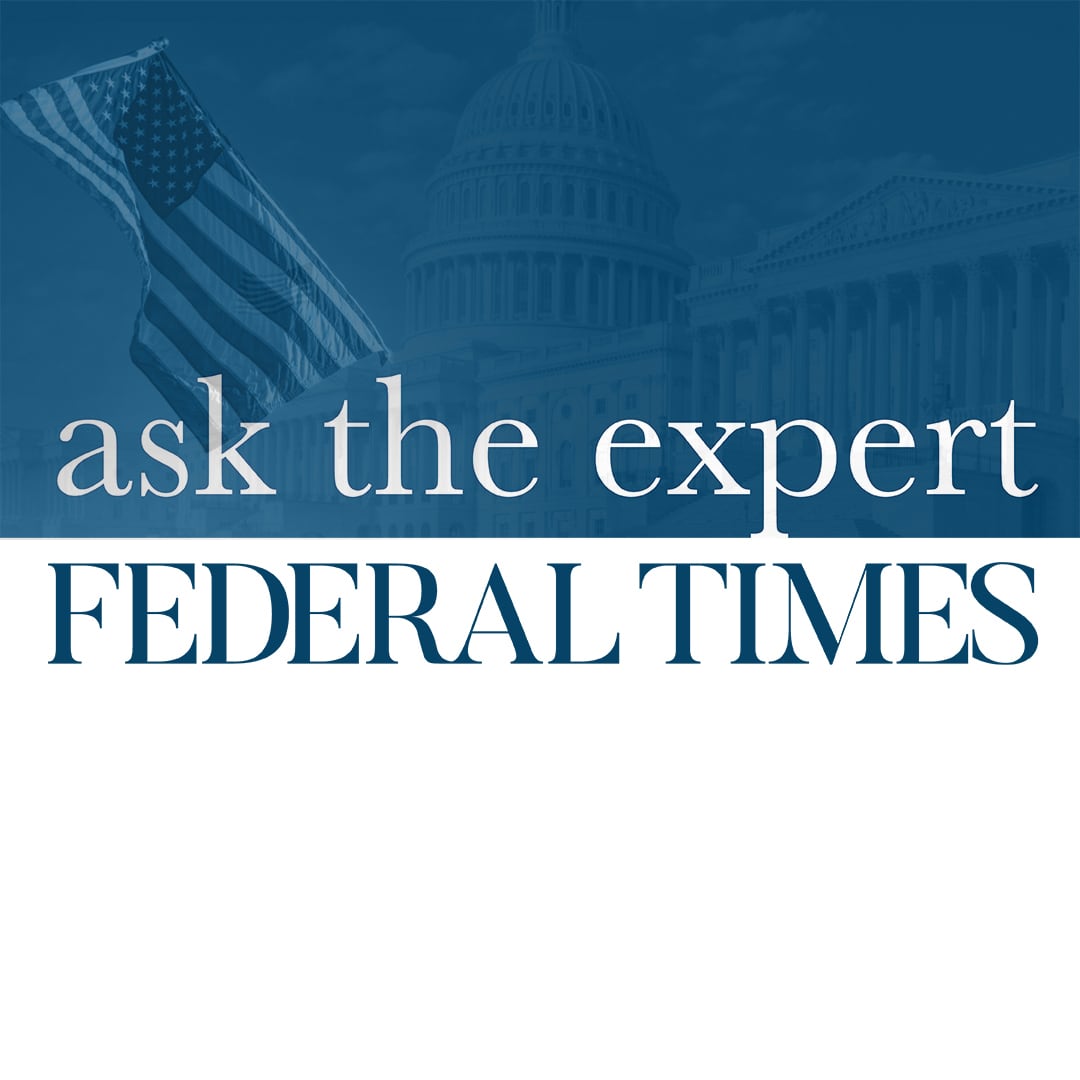The Office of Personnel Management, the agency that acts as the HR department for the federal government, is setting new compliance requirements for federal agencies to root out ineligible family members who obtain health insurance coverage.
More broadly, this is an effort years in the making, officials told Federal Times, but it also serves as a response to watchdog reports recently that have estimated up to $1 billion in improper payments to family members who “ride” on a federal employee’s plan.
Examples of this include mistakenly retaining a former spouse on one’s plan or forgetting to drop a child from coverage once they reach adulthood. One report from 2022 shows a federal employee unlawfully claimed two dependents as eligible for 12 years and received $100,000 in fraudulent claims.
The new procedures will take effect for the 2024 open enrollment period and will require agencies to confirm employees’ relationships with spouses and other relatives who apply for coverage. Until now, family eligibility checks were not required during open enrollment, when the majority of feds make their elections.
RELATED

By July 2025, OPM is requiring agencies to verify a 10% sample of Self-Plus-One and Self-and-Family enrollments during open season, though agencies are encouraged to review more, and some already do. In the future, feds will be required to provide proof of eligibility for all new family member enrollments. Federal employees will also be required to provide eligibility documentation for all new family member enrollments in the future.
“Collectively, these requirements ensure that agencies are verifying documentation provided during each of the key periods when an employee might make a change,” according to an OPM statement.
Administering a health care program with more than 8 million total members is one of the biggest jobs OPM does. And that effort has been complicated by a lack of a centralized enrollment system. The process today involves multiple different interactions between 100 different government offices, health care companies and enrollees. Enrollment verification often falls on employing agencies, and in the past, they’ve only had to verify upon request or when changes were made outside of open season, like when a fed first joins the government or experiences a qualifying life event.
“Without such a monitoring mechanism, ineligible family members may remain covered and related improper payments may continue to accrue over time,” concluded a Government Accountability Office report from 2022.
Lawmakers have latched on to the issue, putting pressure on the agency to shore up oversight of the program. On April 10, the House Committee on Oversight and Accountability passed the FEHB Protection Act, which would require verification by federal agencies of new enrollments, an audit of current enrollees and their supporting documents, and the removal of ineligible beneficiaries by OPM.
RELATED

The new demands put forward by OPM Wednesday overlap with the spirit of that law, short of disenrolling members itself, which would still require OPM to go back to the employing agency to effect a change. Officials also said that conducting extensive audits wouldn’t necessarily fix the problem, and the agency wants to focus its efforts on addressing current and future enrollment issues.
OPM has also suffered from a classic government problem: historical data about enrollment transactions have been tracked in multiple data systems, none of which are consistent or complete.
“Because we’re such a disaggregated program, administratively, it has been difficult to gather all the information on all the enrollees, including the family members,” an official said in an interview. “We’ve done that now.”
As a solution, OPM has developed a Master Enrollment Index to make its disparate data useable. The index will help the agency resolve discrepancies between datasets and potentially flag cases for further review by an agency.
In its 2025 budget, OPM has also proposed a bill that would give it access to its trust funds to build a centralized enrollment system similar to what will be used for the new Postal Service program this fall.
Specifically, OPM seeks legislative approval to tap into a capped amount of mandatory funding that would start at $37 million in 2026 and gradually increase to a 10-year cost of $474 million.
”This proposal would provide consistent, stable funding for continued operation of the [Postal Service Health Program] eligibility and enrollment system and potential expansion to FEHB,” according to the budget justification.
The goal is to have a portal-like system where federal employees could upload their own eligibility documents, like a marriage certificate, digitally.
“The technology exists, and certainly some federal agencies have that capability,” an official said. “This isn’t a foreign concept.”
Molly Weisner is a staff reporter for Federal Times where she covers labor, policy and contracting pertaining to the government workforce. She made previous stops at USA Today and McClatchy as a digital producer, and worked at The New York Times as a copy editor. Molly majored in journalism at the University of North Carolina at Chapel Hill.





